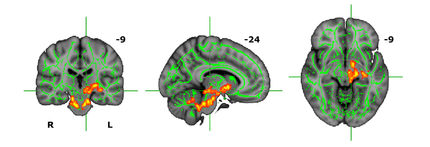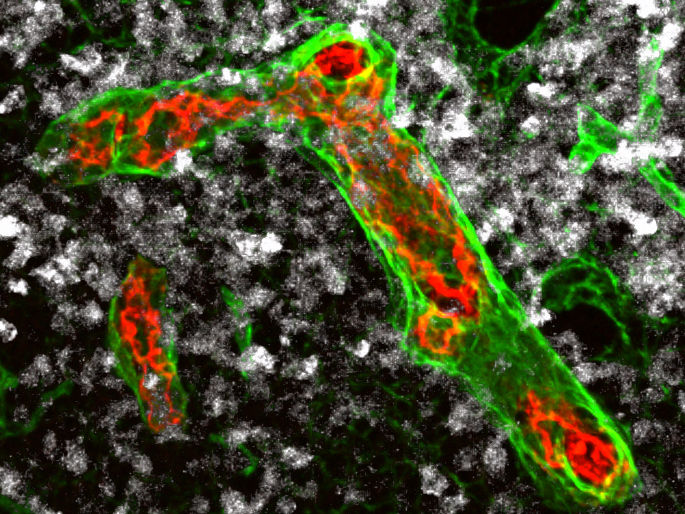Research shows testosterone changes brain structures in female-to-male transsexuals
brain imaging shows that testosterone therapy given as part of sex reassignment changes the brain structures and the pathway associated with speech and verbal fluency. This result supports research that women in general may deal with speech and interaction differently than men.
The sex hormone testosterone exerts a substantial influence on human behaviour and cognition. Previous investigations have been limited in what they can show, as it has been impossible to follow the direct effect of the hormone on the brain structure.
Now a unique study has revealed the changes over time in the brain of female-to-male transsexuals receiving continuous, high-dose hormone therapy as part of their sexual reassignment.
The results show that this therapy induces structural changes in areas of the brain involved in verbal fluency in female-to-male transsexuals. This may have wider implications, for example in the way that men and women handle speech and interaction.
18 female-to-male subjects underwent MRI brain scans before and after 4 weeks of the testosterone administration. The results showed that with testosterone treatment the volume of grey matter decreased in two specific regions of the brain, the Broca's and Wernicke's areas, which are mainly responsible for language processing. At the same time, the neuronal pathway connecting these two regions via the extreme capsule got stronger.
According to researcher Dr Andreas Hahn (Vienna): 'It has been known for some time that higher testosterone is linked to smaller vocabulary in children and that verbal fluency skills decrease in female-to-male transsexuals after testosterone treatment. This fits in well with our finding of decreased grey matter volume. However, the strengthening of the white matter in these areas was a surprise. We think that when it comes to certain language skills, the loss of grey matter outweighs the strengthened white matter connection'.
Researcher Prof. Rupert Lanzenberger (Vienna, Austria) continued: 'What we see is a real quantitative difference in brain structure after prolonged exposure to testosterone. This would have been impossible to understand without looking at a transsexual population. In more general terms, these findings may suggest that the genuine difference between the brains of women and men is substantially attributable to the effects of circulating sex hormones. Moreover, the hormonal influence on human brain structure goes beyond early developmental phases and is still present in adulthood'.
Other news from the department science

Get the life science industry in your inbox
By submitting this form you agree that LUMITOS AG will send you the newsletter(s) selected above by email. Your data will not be passed on to third parties. Your data will be stored and processed in accordance with our data protection regulations. LUMITOS may contact you by email for the purpose of advertising or market and opinion surveys. You can revoke your consent at any time without giving reasons to LUMITOS AG, Ernst-Augustin-Str. 2, 12489 Berlin, Germany or by e-mail at revoke@lumitos.com with effect for the future. In addition, each email contains a link to unsubscribe from the corresponding newsletter.























































